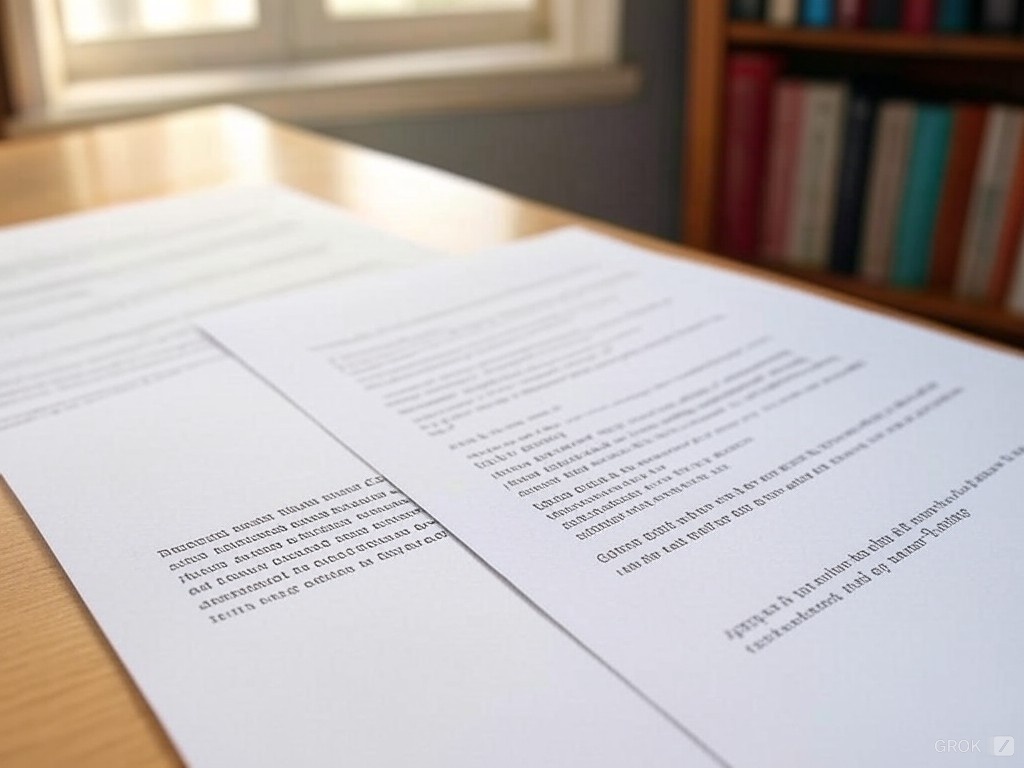How Many Paragraphs in an Essay? The Ultimate Guide

How Many Paragraphs in an Essay? The Ultimate Guide
One of the most common questions students ask when writing an essay is, "How many paragraphs should I include?" While the answer might seem straightforward, the truth is that it depends on several factors, including the type of essay, your academic level, and the complexity of your argument. Whether you're writing a high school essay or a college research paper, understanding proper essay structure is crucial for academic success.
This comprehensive guide will help you determine the ideal number of paragraphs for your essay while ensuring your ideas flow logically and your arguments remain compelling. Let's explore the factors that influence essay length and structure, along with practical tips for organizing your thoughts effectively.
The traditional five-paragraph essay structure includes an introduction, three body paragraphs, and a conclusion. This format serves as a foundation for academic writing, particularly in high school and early college courses. However, as your academic journey progresses, you'll often need to adapt this basic structure to accommodate more complex arguments and ideas.
Essay Types and Their Typical Paragraph Count
Different types of essays often require different numbers of paragraphs:
-
High School Essays (5-7 paragraphs)
- Introduction
- 3-5 body paragraphs
- Conclusion
-
College Essays (8-15 paragraphs)
- More detailed introduction
- Multiple supporting arguments
- In-depth analysis
- Comprehensive conclusion
-
Research Papers (12+ paragraphs)
- Abstract (optional)
- Extended introduction
- Literature review
- Methodology
- Results
- Discussion
- Conclusion
Pro Tip
Focus on fully developing your ideas rather than hitting a specific paragraph count. Quality and coherence matter more than quantity.
Factors That Determine Paragraph Count
Several factors influence how many paragraphs your essay should have:
-
Assignment Requirements
- Word count limits
- Specific formatting guidelines
- Instructor preferences
-
Topic Complexity
- Depth of analysis needed
- Number of supporting points
- Counter-arguments to address
-
Academic Level
- High school vs. college expectations
- Graduate-level requirements
- Professional standards
Key considerations for determining paragraph length
Aim for 100-200 words per paragraph
Focus on one main idea per paragraph
Include clear topic sentences and transitions
Common Mistakes to Avoid
-
Focusing Too Much on Paragraph Count
- Prioritize content quality
- Ensure logical flow
- Maintain coherent structure
-
Inconsistent Paragraph Length
- Balance paragraph sizes
- Avoid extremely short or long paragraphs
- Maintain readability
-
Poor Paragraph Organization
- Use clear topic sentences
- Include smooth transitions
- Maintain logical progression
Frequently Asked Questions
Yes, having too many paragraphs can make your essay feel fragmented and disjointed. Each paragraph should fully develop one main idea. If you find yourself with many short paragraphs, consider combining related points.
While paragraphs don't need to be exactly the same length, they should be relatively balanced. Introduction and conclusion paragraphs are often slightly shorter than body paragraphs.
Start a new paragraph when you introduce a new main idea, shift to a different aspect of your argument, or transition to a new topic. Each paragraph should focus on a single main point.
College essays typically require at least 5 paragraphs, but most will have more depending on the topic and required length. Focus on fully developing your ideas rather than meeting a minimum paragraph count.
Other Articles You Might Like
AI vs. Human Reviewers: Which Is Better for College Essays?
Compare the strengths and limitations of AI and human reviewers for college essays. Learn when to use each option and how to combine them for optimal results to strengthen your college application.
The Ultimate Test: AI Paper Writer vs. Human PhD Candidate
A rigorous head-to-head comparison between advanced AI writing tools and doctoral researchers across multiple academic writing tasks, revealing surprising strengths, unexpected weaknesses, and important insights for the future of scholarly communication.
Can an AI Paper Writer Help You Publish in Nature or Science?
A critical examination of whether AI writing tools can truly help researchers publish in top-tier journals, exploring editorial expectations, AI capabilities, successful case studies, limitations, and best practices for those hoping to leverage these tools for high-impact publications.
10 Ways an AI Writing Assistant Can Boost Your Productivity
Discover how AI writing assistants can transform your workflow, eliminate writing bottlenecks, and help you produce high-quality content in a fraction of the time through automation, idea generation, and collaborative capabilities.
5 Best AI College Essay Reviewers to Boost Your Admission Chances
Discover the top AI college essay reviewers that can help strengthen your application essays and improve your chances of getting accepted to your dream schools.
How to Write a Persuasive Essay: A Step-by-Step Guide
Writing a persuasive essay can be a fun and rewarding process, especially if you know how to tackle it step by step. Whether you're trying to convince people of your point of view or persuade them to take action, writing a well-organized persuasive essay is key to success. This guide will help you write a persuasive essay that catches the reader's attention and clearly gets your message across.
